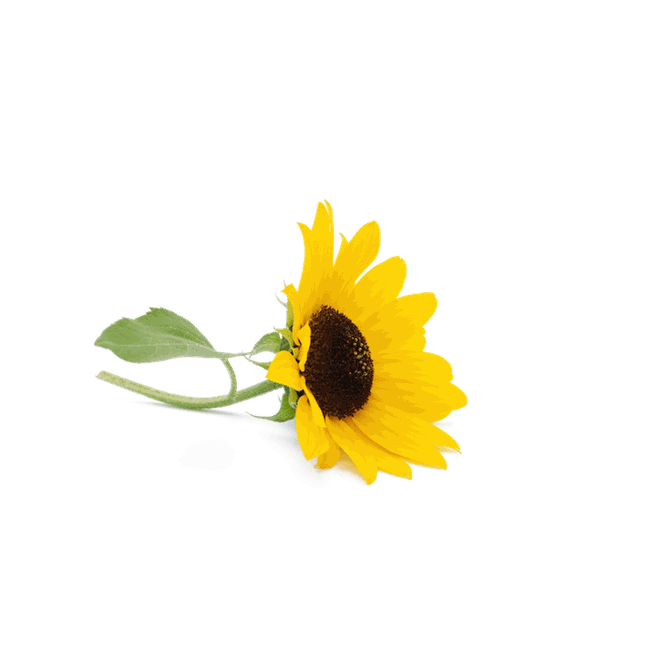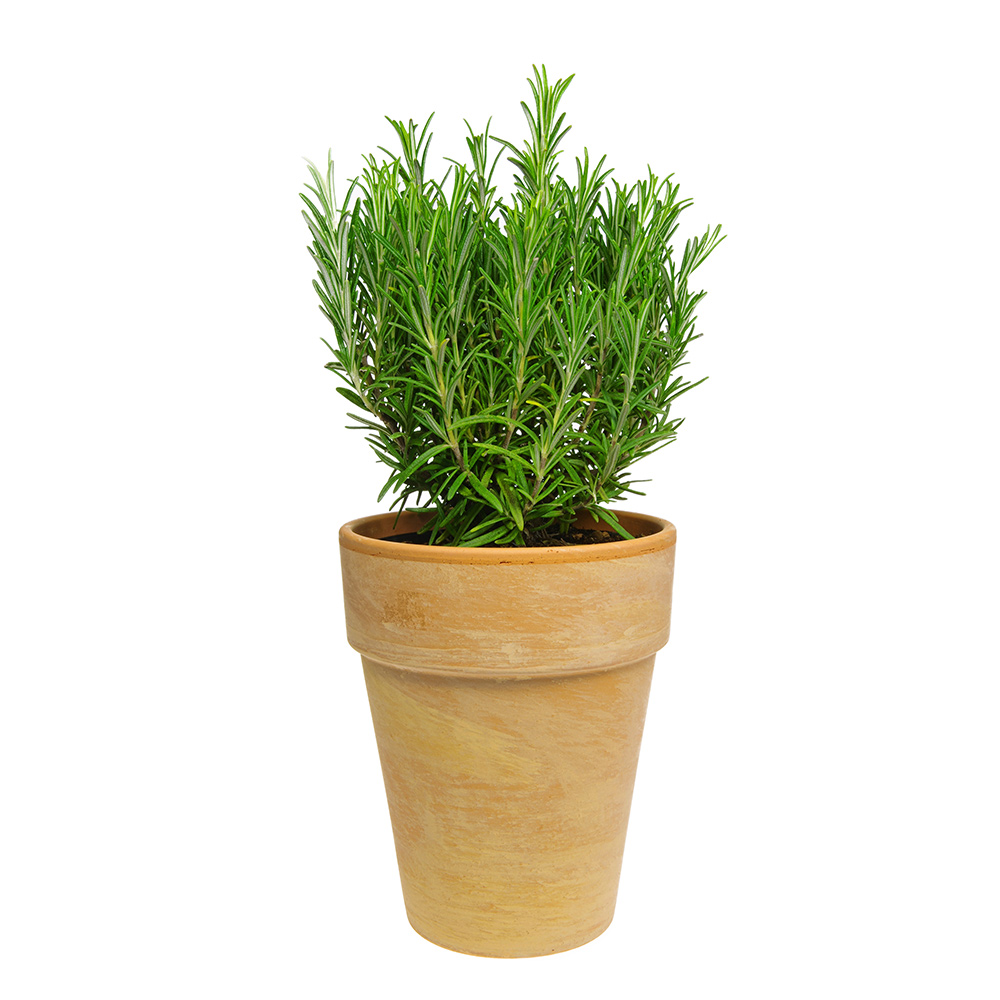Balcony & Patio
Rosemary oils have been used in perfumes since time immemorial and are still used today, for example in the famous Cologne water. Rosemary has an intensive smell. But, of course, the Mediterranean herb is also often used in the kitchen.
The sun-loving herb loves a hot south-facing balcony. Older plants can grow up to a height of 150 cm if the evergreen sub-shrubs are allowed to grow undisturbed.
If you buy rosemary in a pot, it’s best to re-pot straightaway into a larger pot with a minimum diameter of 20 cm. Use a peat-free special soil for herbs.
Ways to use
In the kitchen, rosemary is the perfect herb for Mediterranean lamb and potato dishes. The tips, leaves and flowers make a strong seasoning. Rosemary can be used fresh or dried for preserving.
As a tea or wine extract, it has an invigorating effect for circulatory problems and exhaustion and is also refreshing as a rosemary herbal bath. Nervous heart complaints are alleviated by rosemary.
Location & Care
Rosemary prefers a sunny spot protected from the wind. They have normal water requirements but waterlogging should be avoided.
Sow rosemary as seeds in a pot on a bright windowsill at 18–20°C. The best time for sowing is in March. Lightly cover the seed with soil and always keep moist but not too wet. The seedlings can be planted in your balcony pots or boxes from mid-May. Purchased young plants may also be put outdoors from mid-May.
Rosemary needs Organic Multipurpose Plant Feed liquid fertiliser every four weeks.
To harvest rosemary, the tips, leaves and flowers can be cut all year round. Older plants can remain outdoors in winter. They then require a covering of branches of straw. Cut back shoots that are too long before the frost. Although the older plants are relatively hardy (hardy to -10°C), keep younger rosemary plants in their pots in a frost-free, cool and bright location. An unheated flight of stairs, a bright room in the cellar or a cool north-facing window are good.





